The World’s Most Mystical and Spiritual Places: Unveiling Earth’s Sanctuaries of Wonder
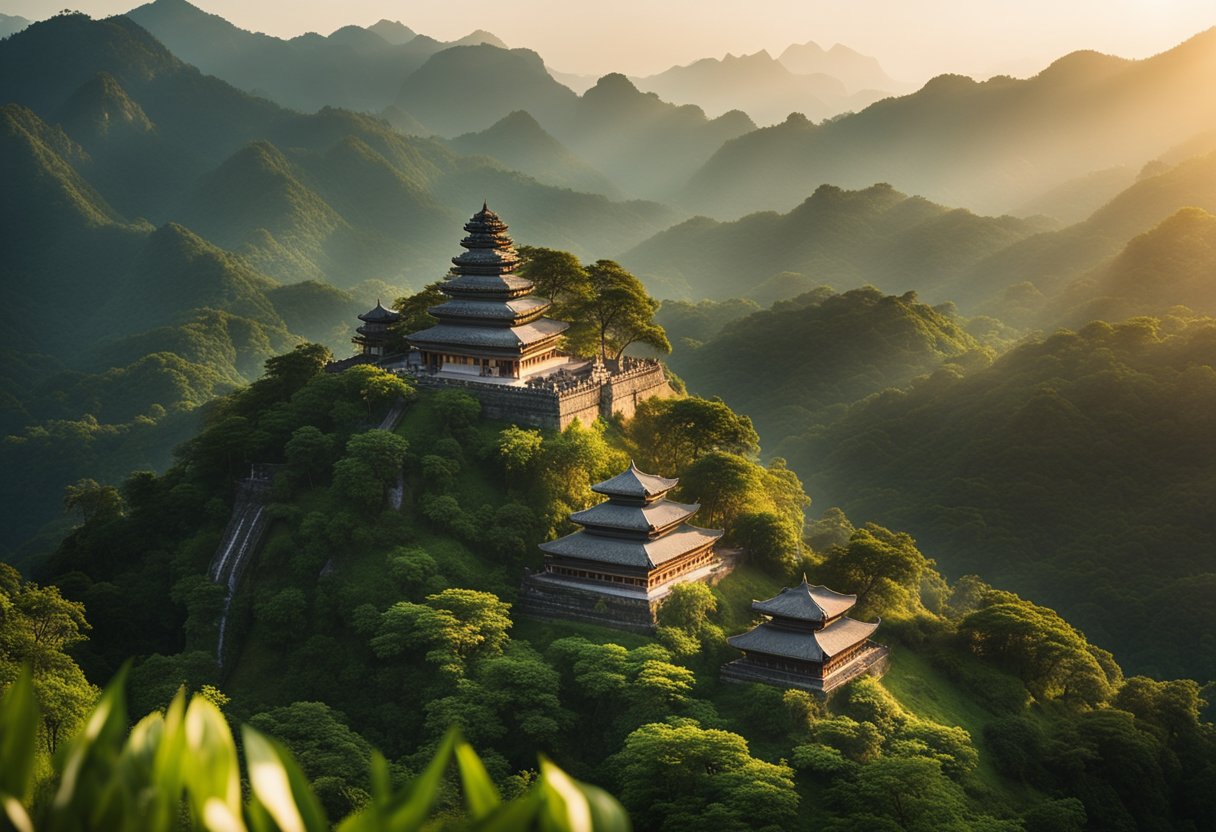
Updated On: April 23, 2024 by Marwa Alaa
As travellers seek to deepen their understanding of the world around them, many are drawn to its most mystical and spiritual places. These sacred sites, steeped in history and culture, provide a unique opportunity to connect with the past as well as with something larger than ourselves. Regardless of one’s personal beliefs or religious background, these locations resonate with a profound sense of spirituality that transcends borders and epochs.
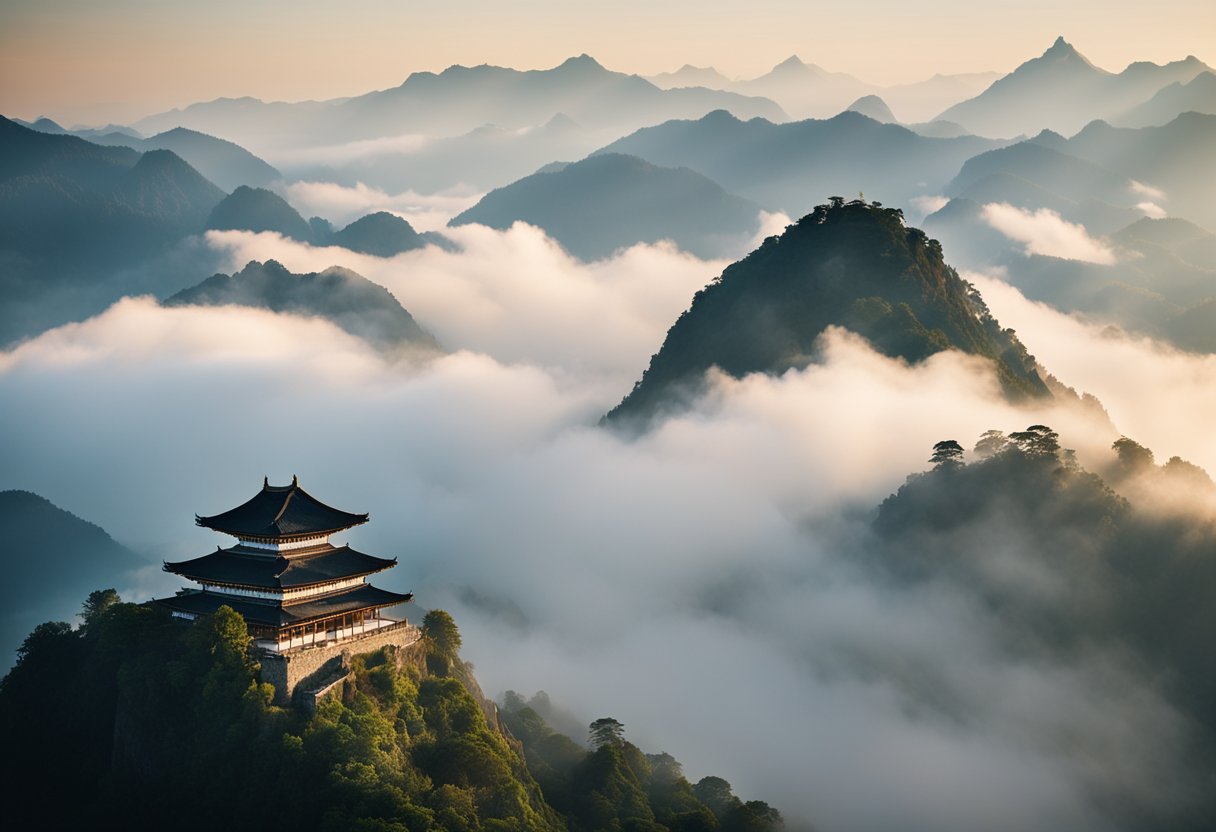
The desire to explore these spiritual places is more than just a journey through stunning landscapes or ancient architecture; it is a quest for knowledge and a deeper connection with the divine. Such locations often occupy a special place in the local lore and serve as destinations for pilgrims from all over the world. They are living galleries where rituals and ceremonies are performed and where every traveller can witness the timeless dance between humankind and the sacred.
Table of Contents
Mystical and Spiritual Places: Understanding Spirituality and Sacred Sites

In this section, we delve into the profound connection between spirituality and sacred places, examining their historical roots and the varied ways they’ve been perceived and honoured across different cultures.
Concepts of the Sacred and Profane
Spirituality is a term that encompasses a wide range of beliefs and practices, many of which centre on the quest to understand the sacred—those aspects of life regarded with reverence and deep respect. Sacred sites are physical embodiments of the spiritual world; they are locations where the sacred manifests itself and where individuals have reported profound religious or spiritual experiences.
Throughout history, such places have often been selected due to natural features that inspire awe, from towering mountains to serene lakes. The spiritual significance of these sites can transform them into places of pilgrimage, worship, and ritual—central aspects of many cultures around the world.
Within various religious traditions, the concept of the sacred and the profane—in other words, the holy and the ordinary—define a dichotomy in how spaces are perceived. Those deemed sacred are set apart from the normalcy of everyday life and are often the settings for events of deep religious meaning, from the conducting of sacred rites to being the alleged birthplace or resting place of deities, prophets, or saints.
The spiritual significance attributed to these sites often reflects their importance in the collective memory and identity of the communities that hold them dear. They are markers of a shared heritage, with the power to unite people across generations and geographical boundaries.
Understanding these spaces helps us to appreciate the diversity and depth of the human experience. It’s not just about the mystery and the rituals; it’s about recognising the intrinsic human need to find connection and meaning and how this has been expressed through the veneration of sacred landscapes and structures. With each site comes a lattice of stories, beliefs, and traditions—rich tapestries woven into the fabric of human history.
Historical and Cultural Contexts
In exploring the world’s most mystical and spiritual places, it is crucial to consider the historical and cultural fabrics that have shaped these sites. These locations serve not merely as physical spaces but as rich tapestries interwoven with religious beliefs and ancient civilisations’ legacies.
The Role of Religion in Spiritual Sites
Religion has been an integral part of the foundation upon which many spiritual sites are built. For instance, the pyramids of Giza stand not just as monuments of unparalleled architectural skill but also as a testament to the religious and mythological beliefs of the pharaohs of ancient Egypt. These structures were intricately designed to align with celestial points, showcasing a fusion of spiritual significance and scientific understanding prevalent in the religion of that era.
Influence of Ancient Civilisations
The touch of ancient civilisations on spiritual sites often tells a tale of a history extending back millennia. For example, the complex mythologies of cultures are frequently encapsulated within these sacred grounds. Visiting the Tiger’s Nest Monastery in Paro, Bhutan, perched on a cliff, one can sense the influence of Buddhist principles and the historical importance of meditation and retreat in Bhutanese culture. These sites stand as living museums, offering insights into the cultures and histories they emerged from.
Iconic Spiritual Destinations
We explore some of the most enigmatic and spiritually significant locations on Earth. These places draw people from all walks of life who seek connection with the ancient, the mystical, and the divine.
The Mystical Energy of Machu Picchu
Machu Picchu, an Incan citadel set high in the Andes Mountains, resonates with the energy of a bygone era. Frequented by those attuned to the spiritual realm, this UNESCO World Heritage site is often described as an energy vortex, where the earth’s energy is said to be especially powerful.
The Timeless Appeal of Stonehenge
In the rolling hills of Wiltshire, Stonehenge stands as a testament to prehistoric ingenuity. Its megalithic structure has long been associated with spirituality and celestial significance. The mystery shrouding its origins and use adds to its position as a spiritual destination for pilgrims and history enthusiasts alike.
The Sacred Essence of Uluru
Uluru, known also as Ayers Rock, is a colossal sandstone monolith in the heart of Australia’s Red Centre. To the Anangu, the traditional owners, it is a sacred site and a cornerstone of their spiritual and cultural landscape. Recognised globally, Uluru’s powerful presence earns it a place among the planet’s most hallowed grounds.
Pilgrimage Across Continents
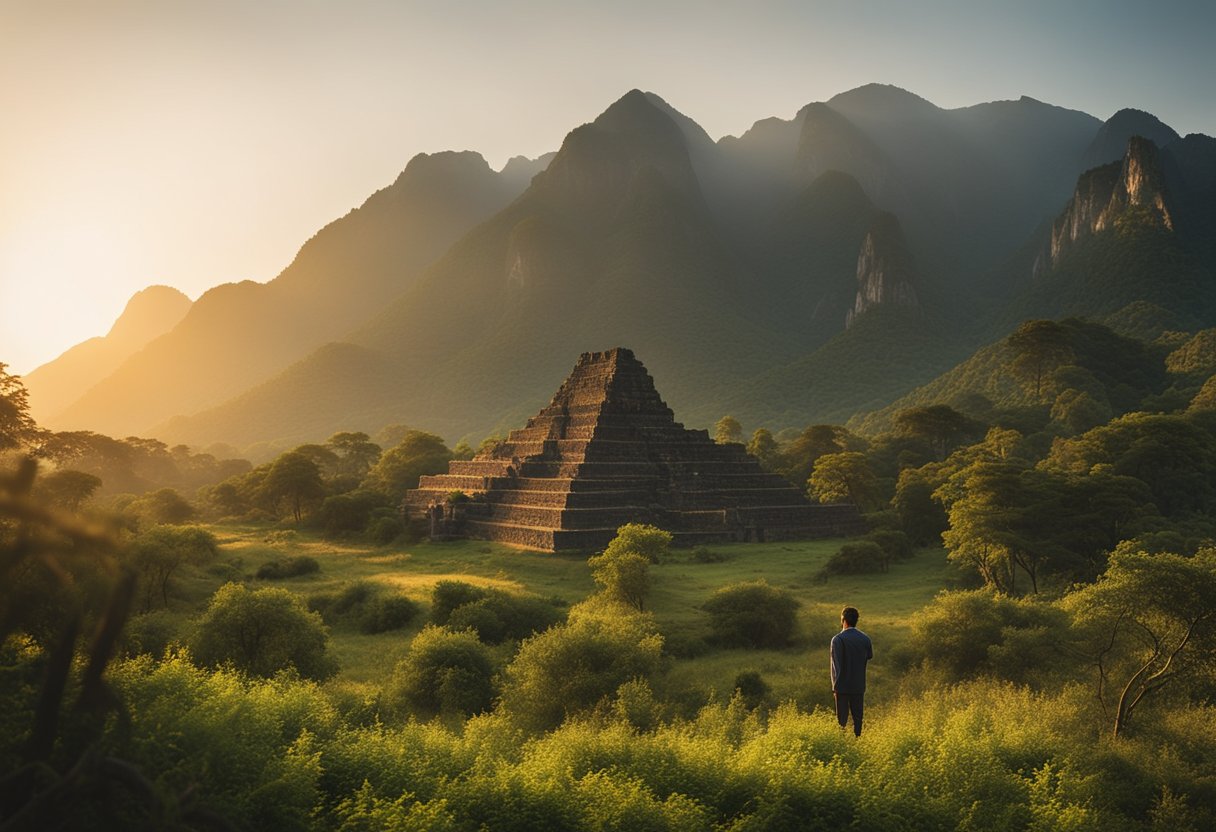
Pilgrimages embody the essence of a spiritual journey, beckoning travellers from all corners of the globe towards sites resonating with religious fervour and historical gravitas. These sacred places often double as UNESCO World Heritage sites, anchoring the faithful and the curious alike in a deep sense of continuity and purpose.
Asia’s Path to Enlightenment
In Cambodia, the ancient temples of Angkor Wat are not merely architectural marvels but a testament to the spiritual heritage of Buddhism and Hinduism. This vast religious monument draws pilgrims who walk through its corridors and courtyards seeking insights into the divine.
Across the waters, India lays claim to a myriad of sacred sites pivotal to many spiritual journeys. Varanasi, perched on the banks of the holy Ganges, and Bodh Gaya, where the Buddha attained enlightenment, beckon as focal points for pilgrims on a transcendent quest.
The Spiritual Trails of South America
South America, with its rich tapestry of indigenous and colonial religious practices, offers paths less trodden but deeply imbued with spirituality. Lake Titicaca in Peru and Bolivia is revered as the birthplace of ancient civilisations and is a pivotal site for contemporary pilgrimage.
Also in Peru, the Inca Trail leading to the enigmatic ruins of Machu Picchu serves as a modern-day pilgrimage, aligning the intrepid with the ancient spirit of the landscape and the lost culture of the Inca.
Europe’s Journey of Faith
Europe’s spiritual canvas is vast, but the Camino de Santiago, also known as the Way of St. James, traverses the continent’s landscape like a spiritual artery. This network of routes culminates at the Cathedral of Santiago de Compostela in Spain, where the apostle St. James is said to be interred.
In Greece, the monasteries of Meteora, perched atop soaring rock pillars, offer a different kind of pilgrimage. These Eastern Orthodox sanctuaries are not only religious sites but also UNESCO World Heritage sites, embodying a union of natural beauty and man-made devotion.
Natural Wonders and Spiritual Connection
We are aware that across the globe, natural landscapes are deeply intertwined with spiritual beliefs and experiences. The earth’s energy and the connection it offers to our spiritual practices can be profound and transformative.
Nature’s Role in Spiritual Experience
Nature serves as a conduit for spiritual awakening and healing. In many cultures, it is believed that elements within nature, such as mountains, forests, and rivers, possess an intrinsic spiritual significance. For instance, Mount Kailas in Tibet is revered as a sacred place in Hinduism, Buddhism, Jainism, and Bon, with thousands making the pilgrimage each year despite the mountain’s remote location and the difficulty of the terrain.
The experiences individuals have in these natural settings are often described as powerful and deeply moving, providing a sense of unity with the cosmos and a deeper understanding of one’s self. It is as if the vibrancy of life within these terrains echoes within us, heightening our perception of existence and expanding our consciousness.
Exploring Earth’s Energy Vortices
Energy vortices, or vortexes, are thought to be natural spots on Earth where energy is either entering into the ground or projecting out of the Earth’s plane. Sedona, Arizona, is renowned for its vortex sites, drawing visitors from all around the world eager to experience the reported intensification of spiritual and metaphysical energy.
The allure of these sites is not only in their supposed ability to facilitate healing and personal growth but also in their astonishing natural beauty that captivates the observer. The connection one can find in these places is often described as a harmonising of personal energy with that of the earth, guiding individuals to find balance and clarity in their lives.
Rituals, Ceremonies, and Pilgrim’s Customs
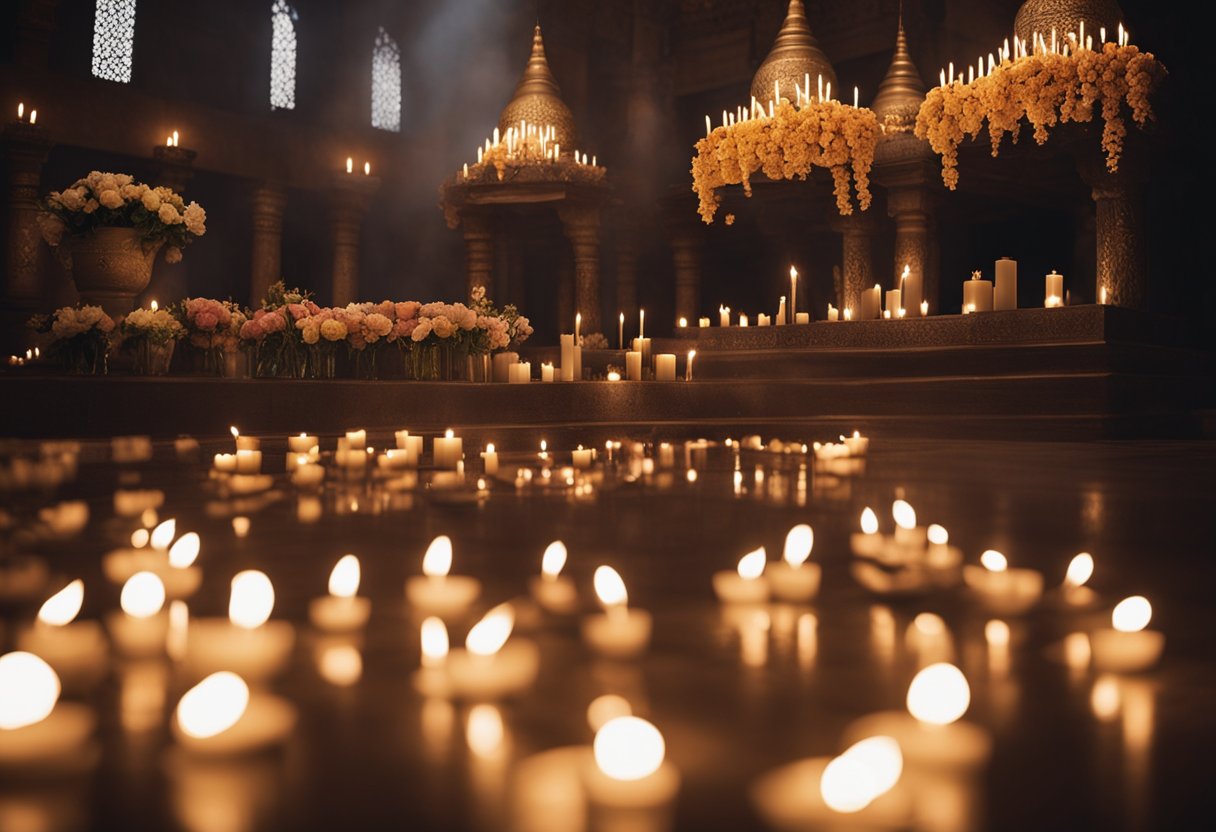
Exploring mystical and spiritual places around the globe reveals a rich tapestry of rituals and ceremonies inherent to various cultures. These practices often play a central role in the lives of pilgrims, reflecting deep-rooted spiritual practices and indigenous customs.
Understanding Indigenous Spiritual Practices
We find that indigenous spiritual practices are deeply connected to nature and the cosmos, offering a unique perspective on the interconnectivity of life. For instance, Native American ceremonies often involve rituals that are believed to bring healing and balance to both individuals and the community. These sacred practices passed down through generations, maintain a respect for the land and its sentient beings, embodying a spiritual tradition that is authentic to the cultural identity of each tribe.
The Global Thread of Pilgrimage Traditions
Our journey across the world unveils numerous pilgrimage traditions that thread through the fabric of various societies. Regardless of the spiritual or religious background, the practice of pilgrimage often serves as a pathway for personal transformation and enlightenment. The rituals and customs observed by pilgrims are integral to the sacred act of visiting a pilgrimage site. For example, a hajj to Mecca is one of the five pillars of Islam, during which specific rites are observed as acts of devotion and submission to the divine will. Similarly, in places like Lourdes, France, pilgrims participate in rituals that involve seeking physical healing as well as spiritual fortitude.
Our collective awareness of these spiritual landscapes enriches our understanding of the world’s diverse cultural expressions and the profound significance of customs and ceremonies in the pilgrimage experience.
Spiritualism in the Modern World
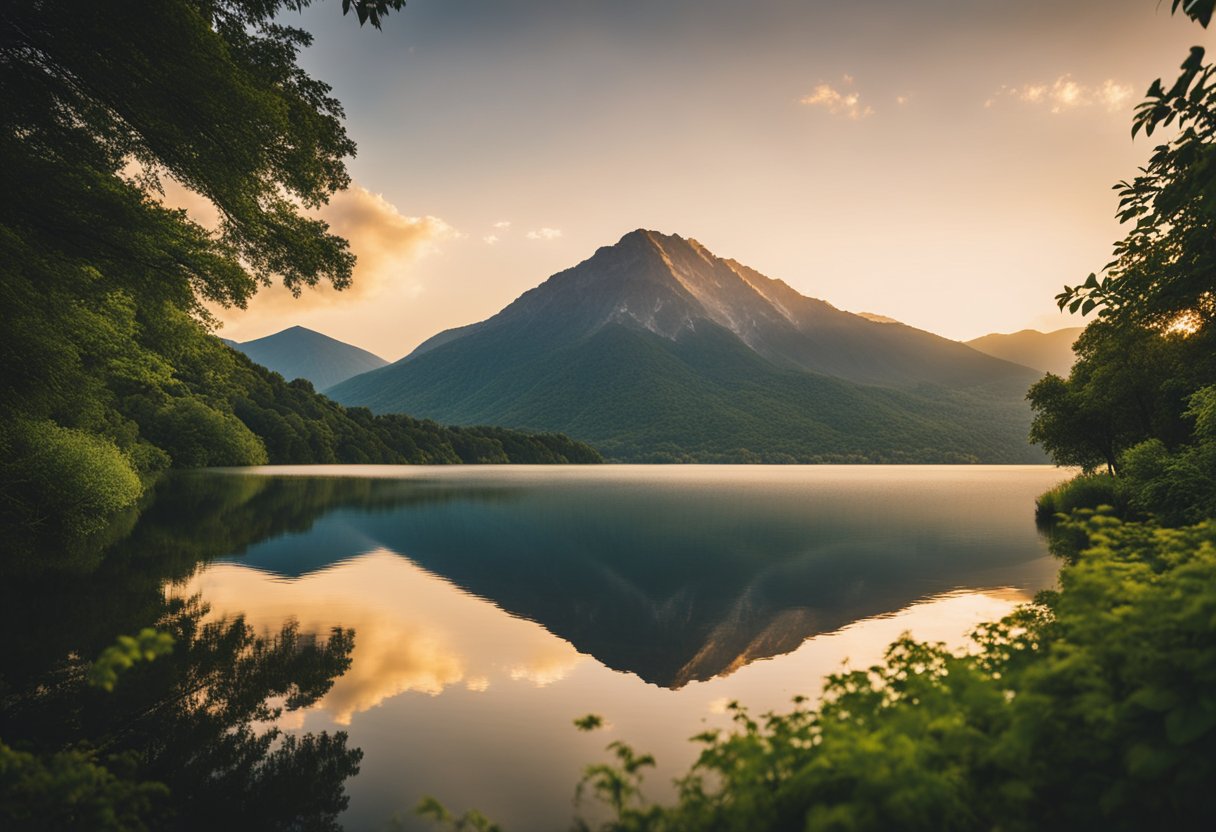
In the hustle and bustle of today’s fast-paced society, spiritualism offers a sanctuary for individuals seeking solace and deeper meaning in life. We explore how modern spiritual practices like meditation and self-care contribute to personal healing and growth.
Contemporary Approaches to Spirituality
Meditation has found its place in the modern world as a powerful tool for mental clarity and peace. It’s no longer confined to the realm of ancient traditions; urban meditation centres are now as commonplace as gyms. They provide a haven for self-care amidst the chaos of city life, guiding practitioners in mindfulness and promoting well-being.
Incorporating spiritual practice into daily routines has become a form of healing for many. Whether it’s through yoga classes that focus not only on physical but also spiritual health or through the use of meditation apps, the quest for balance and inner harmony has been embraced by technology, making spiritual wellness accessible to all.
Our understanding of spirituality has evolved; it is not just about religious observance but also encompasses the pursuit of a holistic and balanced lifestyle. As we navigate the complexities of the modern age, the essence of spiritualism—connecting with something greater than ourselves—remains a compelling aspect of the human experience.
Preservation and Respect
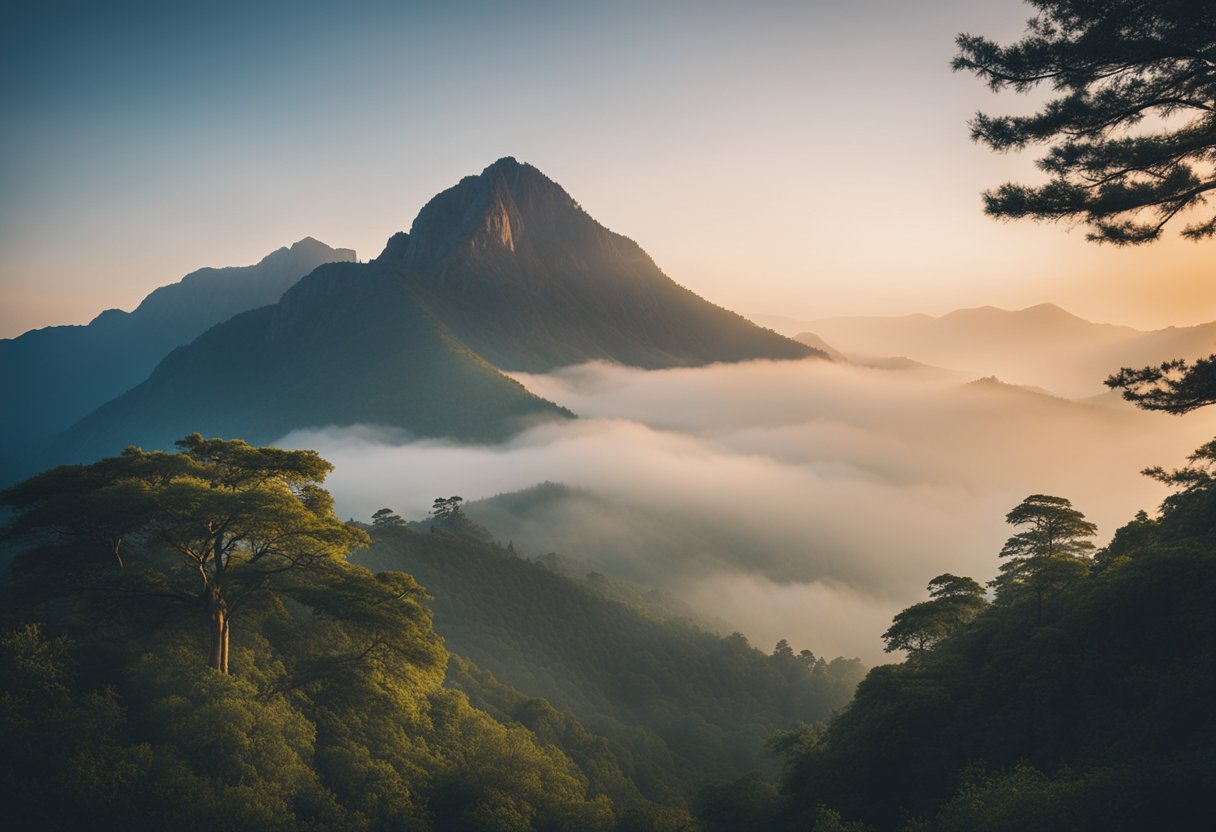
When visiting the world’s most mystical and spiritual places, the importance of maintaining their sanctity cannot be overstated. These sites are not only wonders of natural and architectural beauty but also hold deep cultural and spiritual significance. We must approach them with the utmost reverence and a commitment to their preservation.
Protecting the Integrity of Sacred Places
Sacred places demand our respect due to their profound cultural heritage and spiritual importance. To protect these sites’ integrity, we, as travellers, locals, and governance bodies, must enforce and adhere to stringent conservation practices. This includes limiting physical contact with ancient structures, obeying signage and guidelines that dictate where visitors can walk or what they can touch, and avoiding the removal of any natural or cultural artefacts from the site. Our actions play a crucial role in ensuring that these remarkable places endure for future generations to witness.
The Role of UNESCO and Global Efforts
UNESCO World Heritage Sites are designated because of their outstanding value to humanity. As stewards of these global treasures, UNESCO’s initiatives work towards their preservation. The organization’s efforts, combined with those of various stakeholders, aim to maintain these sites in a manner that is respectful of their history and the communities that hold them in reverence. By implementing conservation programmes and promoting sustainable tourism, UNESCO and partners worldwide strive to keep the essence of these locations intact. Our collaboration and support of such programmes as visitors can aid in preserving the spiritual atmosphere and physical structure of these ancient sites.
Experiences of Seekers and Solo Travellers
We’ve delved into numerous stories of those embarking on journeys alone to spiritual locations around the world, each tale saturated with introspection and sometimes profound transformation.
Solo Trips to Spiritual Locations
Solo trips to spiritual locations serve as a gateway to both solitude and community for seekers. The experience at Rishikesh, India, for instance, is often marked by the profound peace of meditation by the Ganges as well as the camaraderie among those on their own quests. Travellers recount moments of serene contemplation and the surprise of connecting deeply with fellow seekers from around the globe.
Personal Tales of Awakening and Transformation
Accounts from solo travellers sometimes tell of moments of awakening and transformation that reshape their understanding of self and the world around them. For example, many have narrated how the Camino de Santiago, Spain, a pilgrimage path laden with history, has been a catalyst for self-discovery and clarity. These narratives often reflect on the profound solitude and introspection possible on such journeys, leading to significant personal growth and realignment of one’s values and life path.
Connecting with the Divine

In our quest to explore the depths of spiritual experiences and expressions of devotion, we often seek out locations that transcend the ordinary. These places have a unique ability to foster a connection with the divine and prompt moments of profound awakening.
The Quest for Spiritual Awakening
For many of us, spiritual awakening is a journey to enlightenment, where we seek a deeper understanding of ourselves and the universe. Places like Glastonbury, recognised as an energy vortex, are sought after for their alleged ability to enhance spiritual receptivity and offer a pathway to connect with the divine. Similarly, the legendary Uluru in Australia is more than a monolith; it’s a site of powerful healing energies and cultural significance for the Indigenous Anangu people, an embodiment of the earth’s sacred art form [A Guide to Earth’s Most Mystical and Spiritual Places].
Sacred Art and Expressions of Devotion
Art and architecture often play vital roles in expressing and facilitating devotion. Religious monuments stand as lasting testaments to the legacy of faith and serve not just as sites of worship but as catalysts for an inner spiritual awakening. These creations, ranging from the Sanctuary of Apollo in Greece to the complex temple circuits in Japan, are infused with the intentions and beliefs of the cultures that crafted them and hold a divine connection that beckons the spiritually inclined.
Our interactions with these spaces allow us to witness the divine through sacred art and partake in the spiritual narrative that they encapsulate.
Guiding Your Spiritual Journey
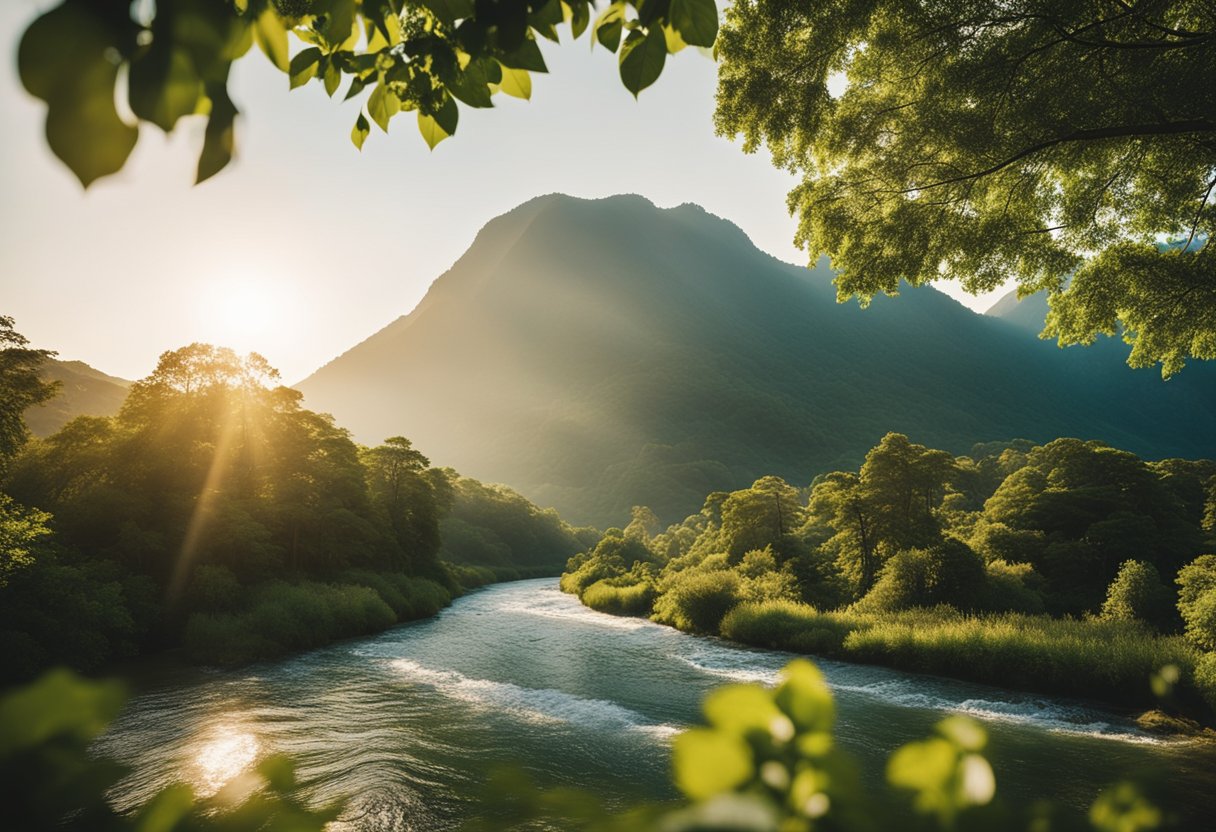
Embarking on a spiritual journey requires thoughtful preparation and a desire for peace. We’ll guide you through planning your pilgrimage and finding tranquillity in sacred retreats, ensuring a profound and enriching experience.
Planning Your Pilgrimage
When planning your spiritual journey, the destination must reflect your inner intentions. Varanasi, India, is a beacon of spiritual enlightenment for those seeking to immerse themselves in Hindu culture. It’s essential to consider the time of year you travel; some destinations have seasonal ceremonies that offer a deeper insight into their cultural significance. Jerusalem, a city revered by multiple religious traditions, provides an opportunity to witness ancient practices firsthand in a place where history and faith intersect dramatically.
Finding Tranquility in Sacred Retreats
A pilgrimage isn’t solely about reaching a destination; it’s also about finding inner peace along the way. Sacred retreats offer this serenity. Whether it’s a monastery nestled in the mountains or a tranquil coastal sanctuary, these retreats are designed for reflection and meditation. For instance, seeking out destinations with lush, natural landscapes can greatly enhance your sense of tranquillity, as the environment plays a key role in your spiritual rejuvenation.
Frequently Asked Questions
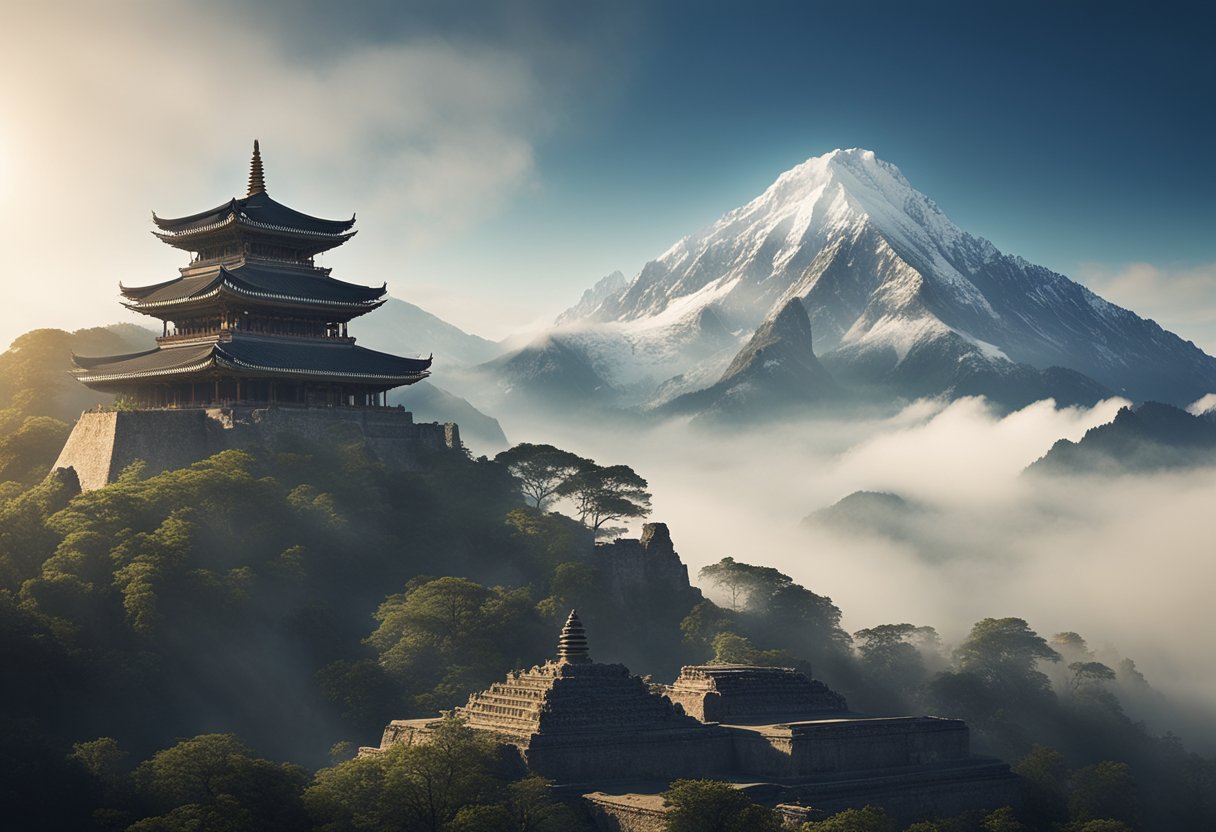
In this section, we address several significant questions about the most mystical and spiritual places around the globe. Whether you’re looking for healing, seeking a deeper connection, or simply curious about these sacred sites, we’ll provide insights into the world’s spiritual epicentres.
Which locations are considered the foremost in spiritual significance across the globe?
Globally, sites like the ancient city of Jerusalem, the Ganges riverbanks in Varanasi, India, and the energy-filled Thai island of Srithanu are revered for their profound spiritual significance. These locations attract seekers from every corner of the planet.
What are the principal spiritual sites within the United States?
The United States boasts several spiritual sites, with Sedona, Arizona, known for its vortexes and energy fields, and Mount Shasta in California, considered sacred by Native American tribes, being among the most prominent.
Could you identify the main hubs of spiritual importance throughout Europe?
Europe is home to a vast array of spiritual sites, including the Camino de Santiago pilgrimage in Spain, the Vatican City with St. Peter’s Basilica, and Stonehenge in the United Kingdom, each steeped in religious and historical significance.
Where can one find the most potent sites for spiritual healing on Earth?
Many believe that the most potent sites for spiritual healing include locations such as the energy-rich Sedona, the mineral springs in Tlacote, Mexico, and the healing waters of Lourdes in France, known for their restorative properties.
Which are the top-ranked holy places around the world recognised for their sanctity?
Top-ranked holy places include the Old City of Jerusalem, the Islamic holy sites in Mecca, and the Bodh Gaya in India, where Buddha is said to have attained enlightenment, all highly esteemed for their holiness.
Which cities are globally renowned for their spiritual atmosphere?
Cities like Varanasi in India, for its profound spiritual presence along the sacred Ganges River, and Kyoto in Japan, with its tranquil Zen gardens and temples, are globally renowned for their spiritual magnitude.






